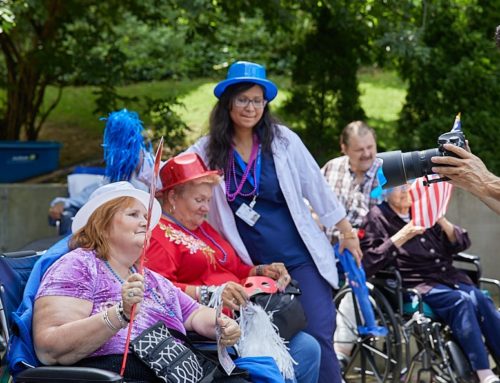What Are Permanent Restrictions After Hip Replacement?
To ensure the longevity and proper functioning of the artificial hip joint, which replaced the damaged hip joint, certain permanent restrictions, precautions and lifestyle changes are absolutely necessary after hip replacement. These are not just critical in the initial recovery stage, but also play a significant role in maintaining the stability of the joint in the long run.
The restrictions imposed post-hip replacement are designed to prevent complications such as dislocation, wear, and tear of the prosthetic components, and to maximize the implant’s lifespan. Physical therapy is a crucial part of the recovery process. This rehab program is very important for regaining strength, flexibility, and mobility.
Remember, these are general guidelines, and individual recommendations can vary depending on your specific circumstances and also the type of implant used. Do talk to your doctor or physical therapist to avoid complications.

Permanent Restrictions After Hip Replacement
As already noted, while these limitations might require some adjustments to one’s lifestyle and daily activities, they are essential for safeguarding the hip joint and ensuring that the benefits of the surgery are long-lasting. Adhering to these guidelines not only helps in a smoother recovery but also contributes to a more active and pain-free life after your surgery.
The restrictions after hip replacement are:
Certain movements and positions
Some movements can increase the risk of limiting the internal rotation, dislocation or harm to the soft tissue surrounding the new joint. The hip joint’s stability is partly dependent on the muscles and ligaments around it, which are still healing and adapting after surgery. These are:
- Deep squats
- Leg crossing
- Extreme stretching movements.
- Movements that twist the hip or turn the foot excessively inward should also be avoided.
Also, there are quite a few positions to avoid as they can put the hip at an unnatural angle, increasing the risk of dislocation, especially in the first few months after surgery when the tissues are healing. However, it is highly recommended that these positions and restrictions are avoided after hip replacement in the long run too.
These are:
- Bending forward past 90 degrees,
- Twisting the hip while sitting
- Crossing the legs at the knees,
- Avoid raising your knee beyond the level of your hip.
- Refrain from leaning forward either when seated or during the process of sitting down.
- Do not ever attempt to retrieve items from the floor while in a seated position.
High-impact activities and quick turns and twists
These activities can put excessive stress on the artificial joint, which can cause wear and tear of the prosthetic components. This can lead to loosening or even failure of the implant.
Besides running and jumping, this also includes activities like heavy lifting, intense aerobics, or sports that involve quick turns and twist. Avoiding permanent restrictions after hip replacement is necessary to promote a successful and effective recovery process.
Long-term care
Long-term care and permanent restrictions and precautions are necessary to avoid complications after hip replacement. It’s often recommended to continue with specific exercises or physical therapy routines to strengthen the hip and maintain a range of motion that supports the joint’s stability.
Also consider using some assistive devices like a raised toilet seat, shower chair, or tools to help with dressing to reduce the need to bend or twist. Long-term mindfulness about how to sit, lie down, and bend over is important for protecting the hip.
This article is for educational and informational purpose only and does not substitute for professional medical advice. For any questions about your own health condition, speak to a qualified physician or healthcare provider.







Leave A Comment